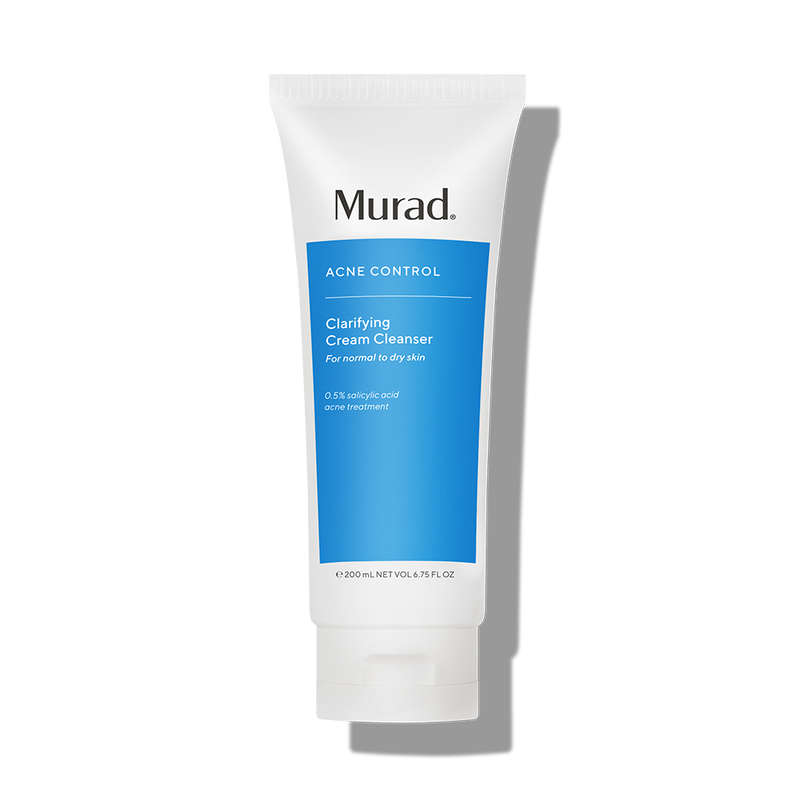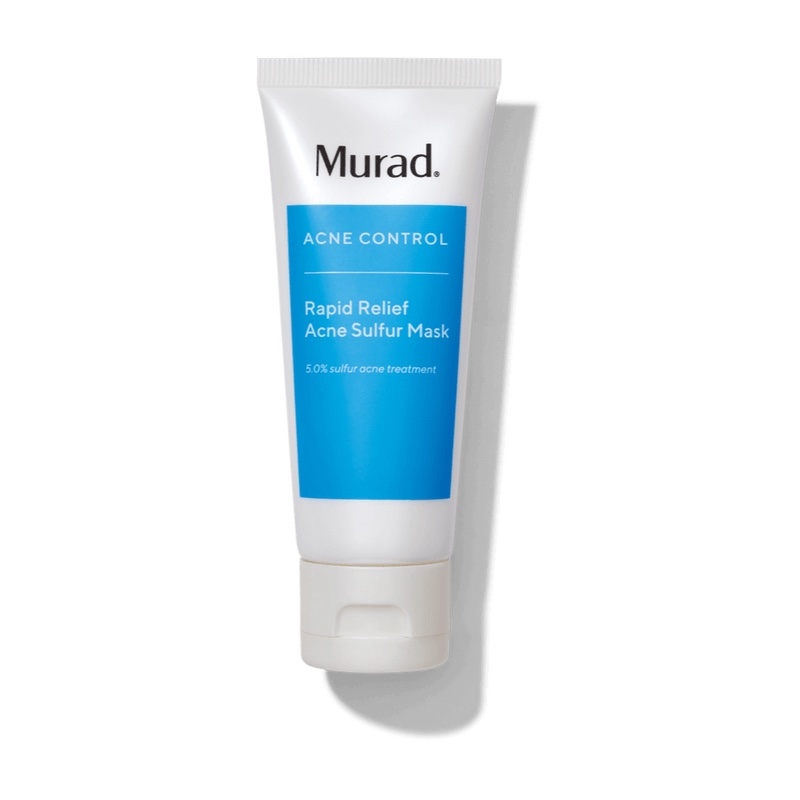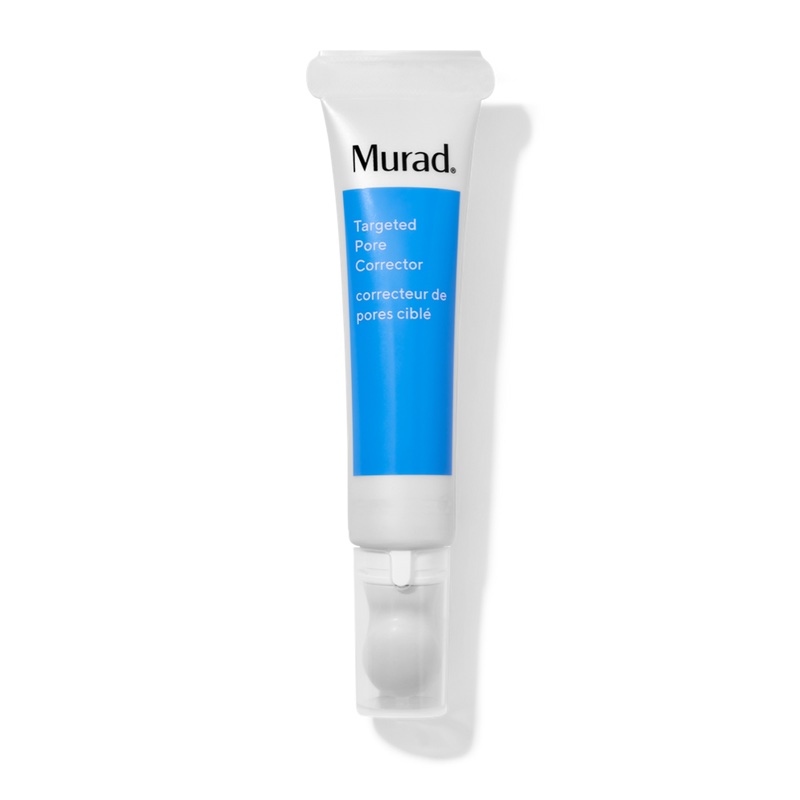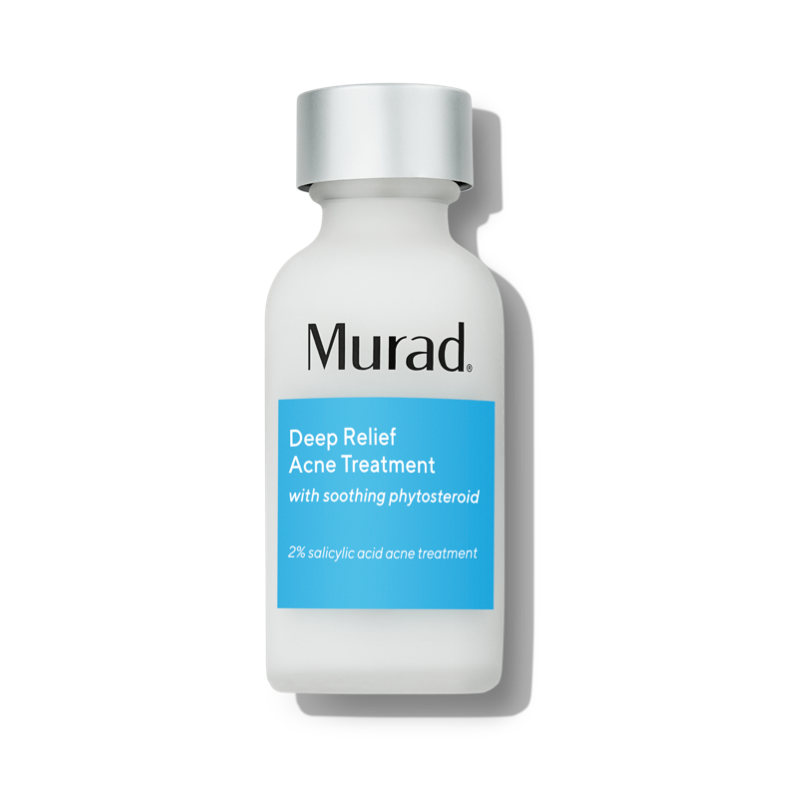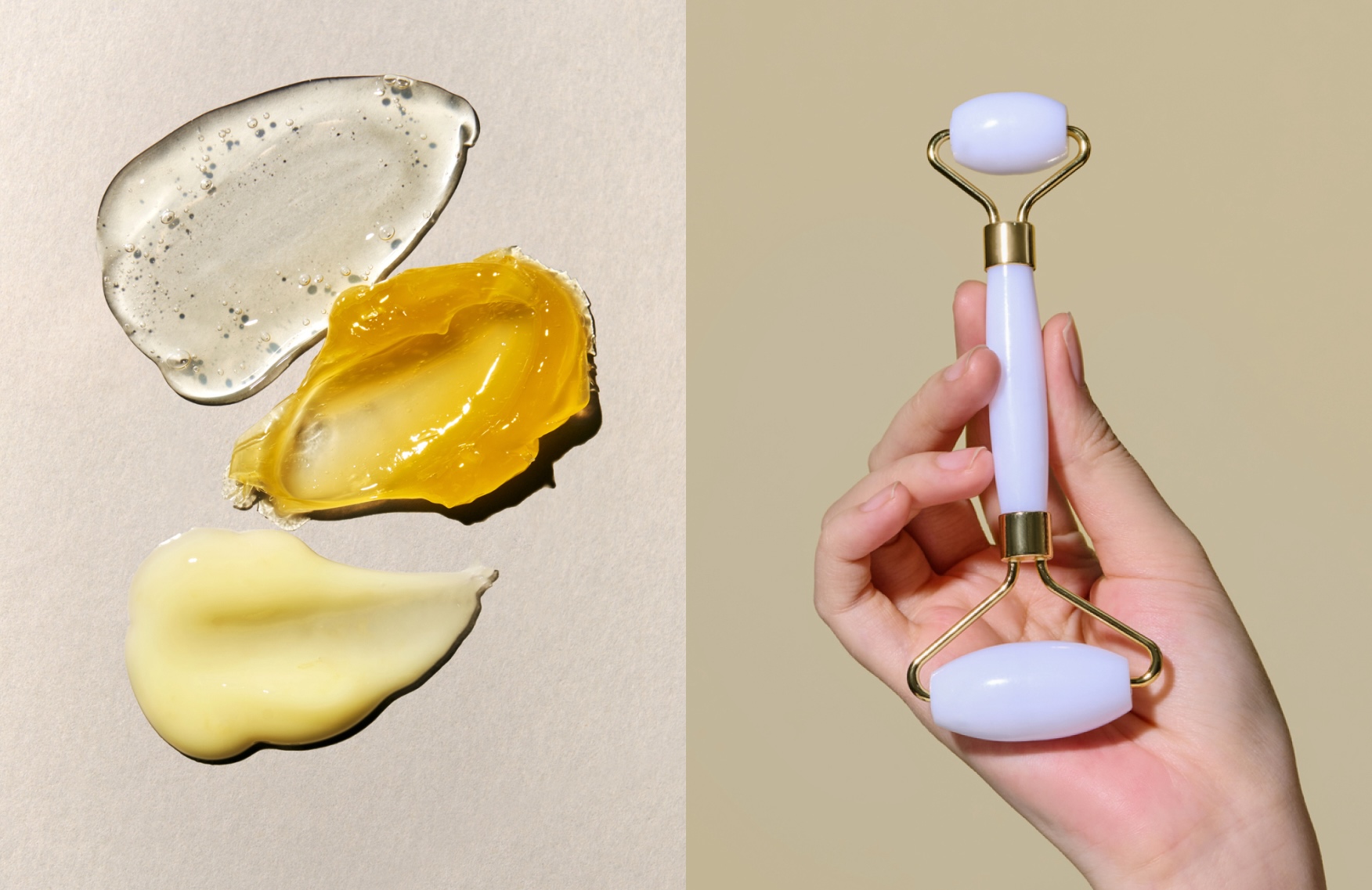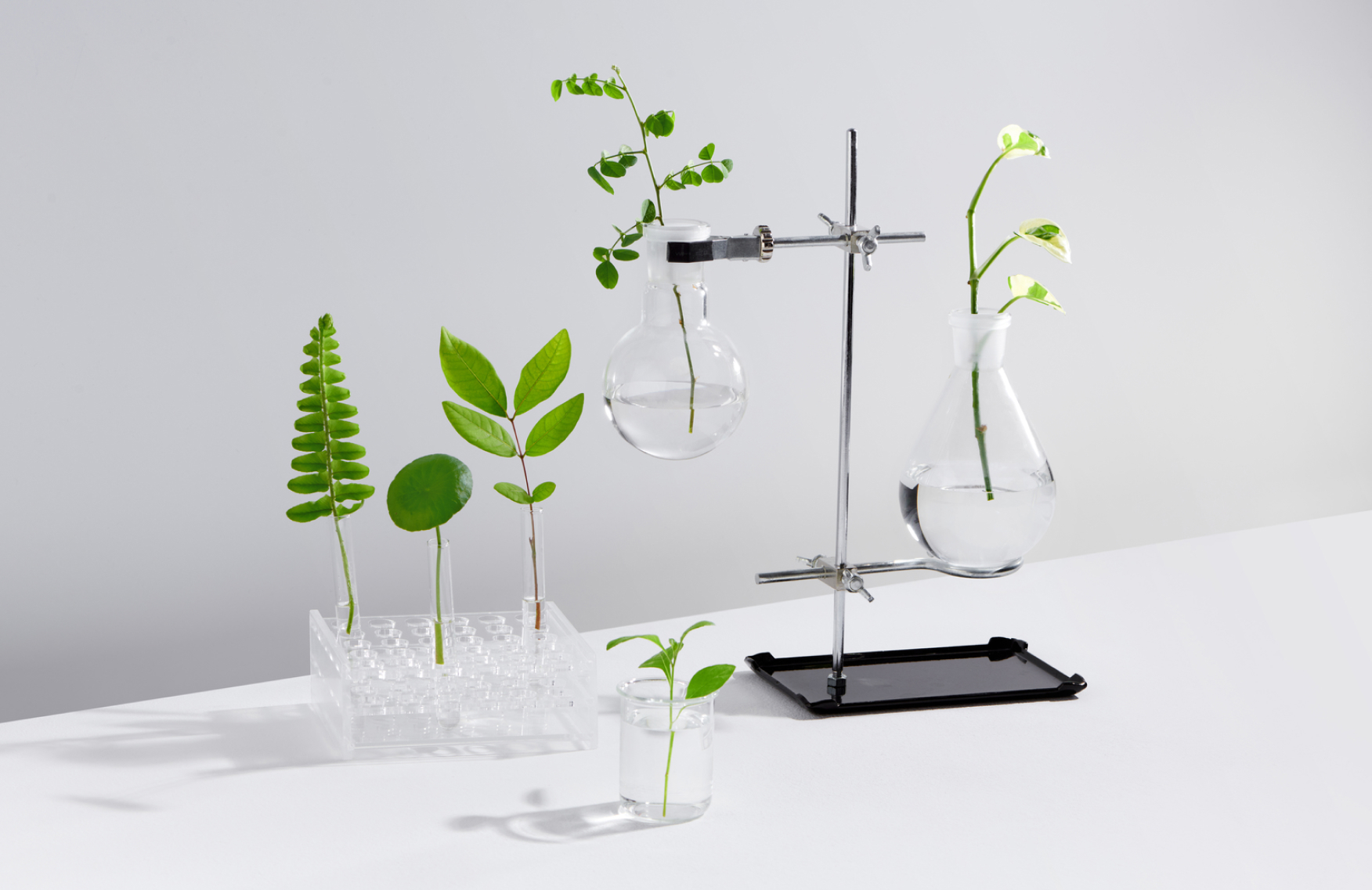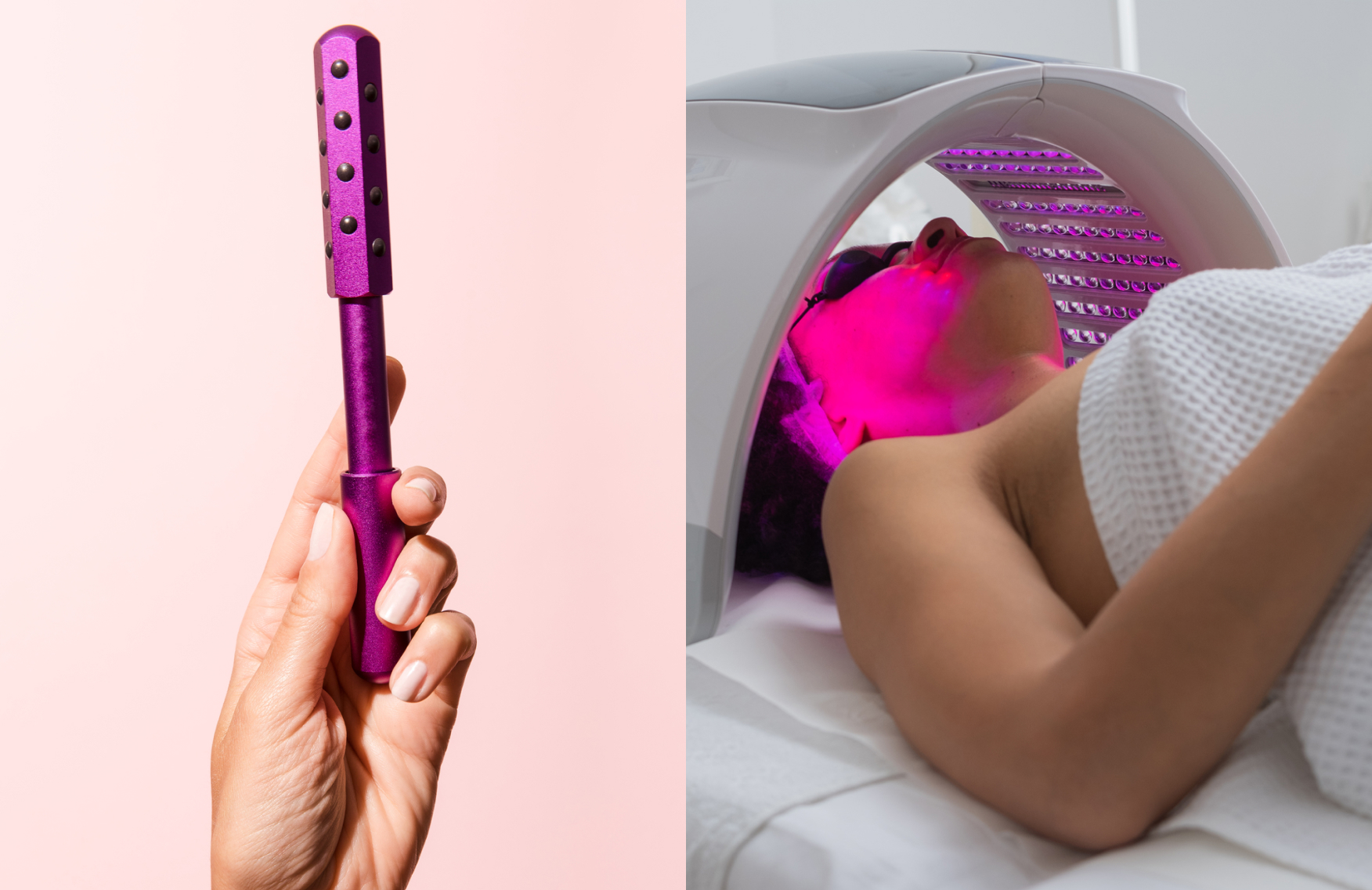Should you exfoliate acne-prone skin? Here’s what you need to know
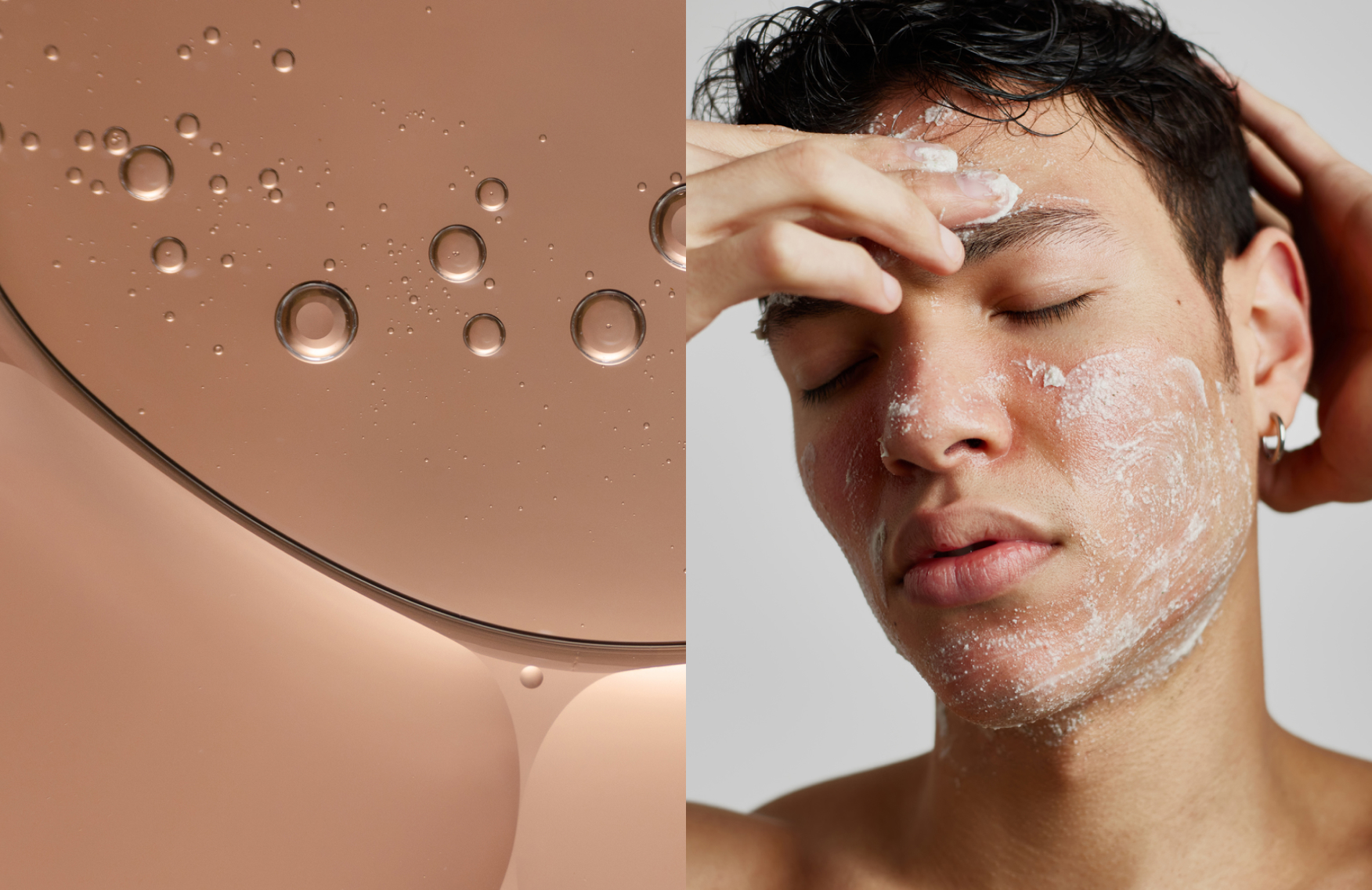
Exfoliation: The can’t-skip skincare step for baby-soft smoothness and a refreshed glow. But if you have acne, you might be hesitant. Can exfoliation clear the way? Or will it make breakouts worse? Read on for all the acne exfoliation 411.
Acne and exfoliation: Should you or shouldn’t you?
The short answer is yes, you should exfoliate acne-prone skin! Regardless of your skin type, exfoliation helps lift away dulling surface debris. For acne-prone skin, this helps sweep away dulling surface debris that could otherwise clog the pores and create a breeding ground for acne bacteria. Exfoliation also drives newer, healthier cells to the surface which can help skin recover.
Identifying your acne
First, let’s talk about the stages of acne, as that will influence the acne exfoliant that’s best for you. Stages of acne range from congestion (Looks like: enlarged pores, blackheads, concentrated oiliness (typically chin, sides of nose, center of forehead), to breakouts (consistent formation of whiteheads of varying sizes and stages of healing/inflammation, typically found in cluster formations).
Meet the exfoliants
Now that you know you should exfoliate your acne-prone skin, it’s time to meet some of the best exfoliation products for acne.
Options for acne exfoliation include chemical exfoliants like salicylic acid and glycolic acid. Physical options for acne exfoliation include scrubs with abrasives like jojoba beads. Chemical exfoliants like salicylic acid are often recommended as exfoliation treatments for acne because they can penetrate the pore to sweep out the oil and debris that creates the breeding ground for acne.
Glycolic acid is also a beneficial exfoliation treatment for acne because it removes dull surface cells to increase smoothness and clarity. And lifting away dulling surface cells helps keep pores clear.
While not all dermatologists rule them out, physical exfoliants may increase aggravation and redness on cystic acne and bumpy types of acne.
How to exfoliate acne-prone skin
To begin: Follow the same rules as all skin types: start slow and easy, then build up once you’ve assessed your skin’s tolerance.
Exfoliate clean skin only: Clean skin sets the stage by sweeping away oils and debris that could get in the way and impede exfoliation’s results.
Follow the directions: Some products are meant to be applied and rinsed off, while others might work like a leave-on treatment. Stay true to the usage directions provided.
Finish with a moisturizer: This is the ideal time to put essential hydration back into skin, so finish with a lightweight, non-comedogenic moisturizer.
The views expressed in this article do not necessarily represent the views of Murad, and are for informational purposes only, even if the advice of physicians and medical practitioners are included. This article is not a substitute for professional medical advice, diagnosis or treatment, and should not be considered specific medical advice.
